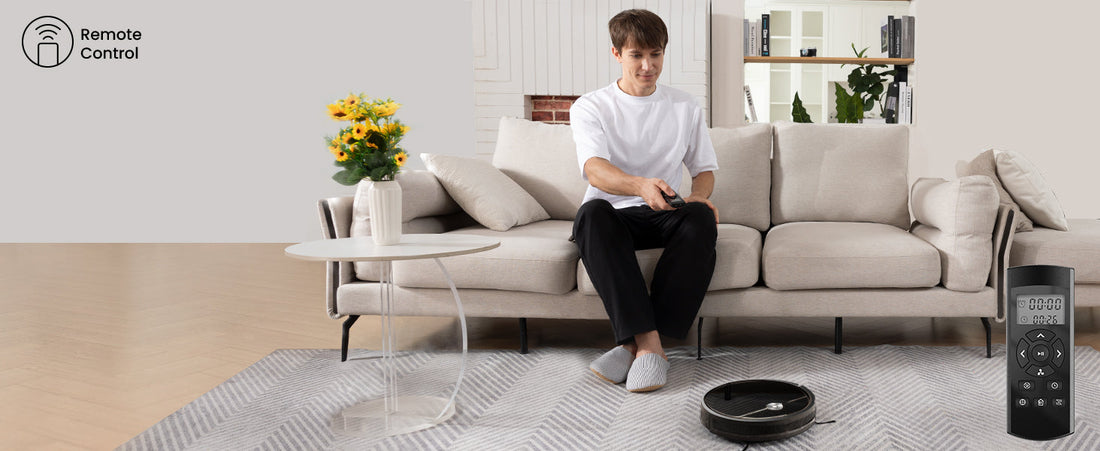There's something undeniably futuristic about a little robot quietly cleaning your floors. But as it glides around your home, navigating under your sofa and around your coffee table, a quiet question might pop into your head: "What does it actually see?"
It's a valid concern. We're inviting these smart devices into our most personal space—our homes. Understanding what data they collect and how it's used isn't about being paranoid; it's about being an informed consumer. Let's demystify the world of robot vacuum sensors and put your mind at ease.
The Truth About Those Sensors: Mapping, Not Monitoring
First, let's clarify a common fear: your robot vacuum isn't recording video of your home life. The primary sensors—especially in models using LiDAR (Light Detection and Ranging)—are designed for one thing: understanding spatial layout.
Think of LiDAR as a discreet measuring tape. It sends out invisible laser dots to measure distances and create a precise, point-cloud map of your home. This map is made up of data points representing walls, chairs, and table legs—not personal details. It knows there's a rectangular obstacle in the middle of the room (your coffee table), but it has no idea what magazines are on it. The goal is navigation, not recognition.
Your Data's Journey: Where Does the Map Go?
This is the crucial question. What happens to the map of your home once it's created? There are generally two approaches:
-
Cloud Processing: Some brands send the map data to remote servers (the cloud) for processing. This can enable advanced features like scheduling from anywhere or complex multi-floor maps. The security of your data then depends on the company's cloud security measures.
-
Local Processing: Other brands prioritize processing data directly on the device itself. The map lives on the robot's internal memory, never leaving your home. This is often seen as a more privacy-conscious approach, as it significantly reduces the potential for external data exposure.
The key is to check the company's privacy policy to understand their data handling practices.
How to Be a Privacy-Savvy Smart Home Owner
You have more control than you might think. Here are simple steps to protect your privacy:
-
Read the Privacy Policy: Yes, it's tedious, but skim it for key phrases. Look for what data is collected, how it's used, and if it's shared with third parties.
-
Use a Guest Network: A simple and effective trick is to connect your robot vacuum (and other smart devices) to a separate guest Wi-Fi network. This creates a layer of separation from your main devices like laptops and phones.
-
Look for Local-Only Options: Some apps offer a "Local Only" or "No Cloud" mode. This might limit remote access, but it keeps your data within your home's walls.
-
Regular Updates: Keep your robot's firmware updated. These updates often include important security patches that protect your device from vulnerabilities.
At Vactidy, we believe that a clean home shouldn't come at the expense of your privacy. We're committed to transparency about how our devices operate. Our Vactidy Cleanova W11 Robot Vacuum Cleaner (also known as Vexilar W11 in the EU Market) is designed with a thoughtful approach to data.
The advanced LiDAR Technology it uses for precise 360° scans creates a detailed map to navigate efficiently. We focus on processing essential navigation data to deliver a powerful clean with 5000 Pa suction and 2-in-1 vacuuming and wiping, while implementing robust data protection measures to keep your information secure. Our goal is to provide you with the convenience of touch-free cleaning and voice control without compromising your peace of mind.
You should feel comfortable and in control of your smart home experience.
Want a powerful clean that respects your boundaries?

